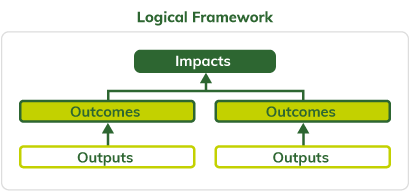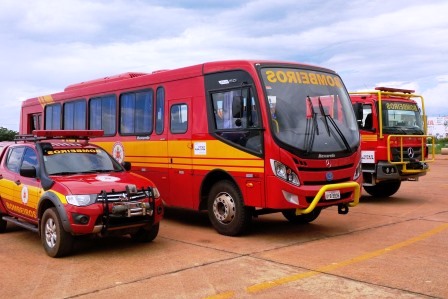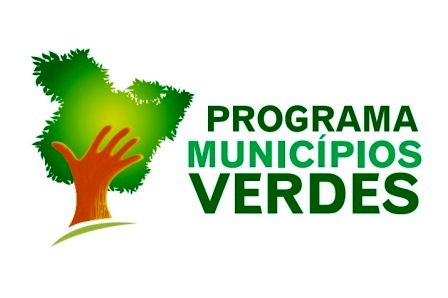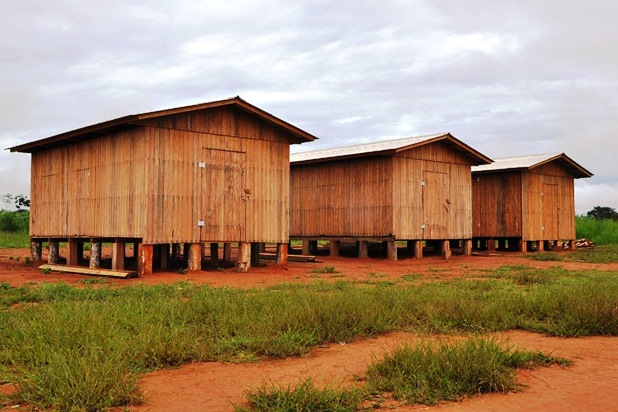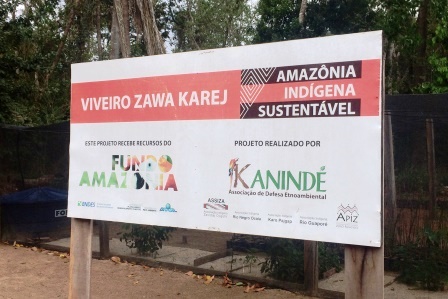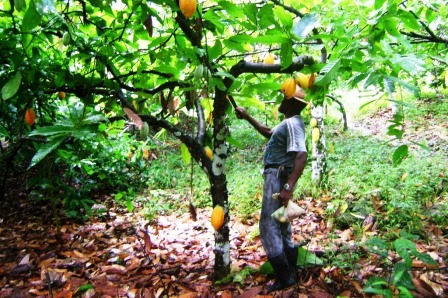Fifteen researchers were involved in the project’s execution in the region. According to data from 2015, UFPA has 4,865 employees, composed of professors, researchers and other employees, 52% of whom are women. 50% of the total number of individuals performing a coordinating role at the UFPA are women. Also, based on data from 2015, the Brazilian Foundation for Research Support and Development (FADESP), which is the supporting
foundation responsible for the project’s financial management, employs 88 individuals, 56% of which are women, and 73% of the coordinating roles are performed by women too.
RESULT AND IMPACT INDICATORS
The project’s activities contributed towards the results of the “scientific and technological development” (4) component of the logical framework of the Amazon Fund.
“Scientific and Technological Development” Component (4)
Outcome 4.1: “Produced and disseminated knowledge and technology related to aquatic ecology and fishing aimed at the sustainable use of the Amazon biome”
Outcome 4.3: “Produced and disseminated socioeconomic, environmental and technological knowledge aimed at regional scale land-use planning in the main islands surrounding the city of Belém (Pará)”
The project’s main indicators are listed below:
- Number of new products and technological processes developed related to territorial management (output indicator)
The data collected during the research generated five priority maps concerning the four islands covered by the project. Among other aspects, these maps depicted the distribution of anthropogenic activities on the islands, as well as the identification and size of the degraded areas; the good condition of the islands’ channels or igarapés; and the great environmental importance of these environments for maintaining the aquatic fauna.
The maps developed from the research were presented by the project’s coordination during discussions held by the Pará State Public Ministry regarding the case of the ‘Baía do Sol’ Colony of Fishermen (Mosqueiro island) pertaining to the deployment of closed season insurance (compensation paid to artisanal fisherman forbidden to fish during the period when it is prohibited to fish for certain species).
- Number of educational or informational publications (output indicators)
A booklet, presented in a language understandable to the region’s population, was produced with the objectives of summarizing the results from the studies performed during the project’s execution. The booklet was designed as an educational instrument to disseminate information on environmental preservation to all interested parties. Around 1000 copies of this booklet were distributed.
- Number of participations at integrating events (seminars and forums) held to disseminate the knowledge produced (output indicators)
The project’s team participated in two events to disseminate knowledge from the project, namely: the XXI Brazilian Meeting of Ichthyology (Recife – Pernambuco, 1st to 6th of February, 2015) and the 55th Conference of Estuarine Coastal Sciences Association (London – England, 6th to 9th of September, 2015).
- Number of published theses and scientific articles focused on territorial management and the sustainable use of the Amazon biome (impact indicator)
The research resulted in the production of two master’s dissertations, two undergraduate research projects and an article published in a journal, as well as a master’s thesis still being developed. In addition to the knowledge produced, the project contributed to the consolidation of the first master’s and PhD programmes on ecology in the state of Pará, creating qualified human resources for activities in the Amazon region.
Based on the development of new knowledge regarding the social, economic and environmental aspects on the four islands covered by the project, the construction of expanded facilities of the Laboratory of Biological Research and Fisheries and Aquatic Resource Management, the dissemination of the acquired knowledge, the first impacts from discussing public policy and academic studies produced as a result of the research, it is possible to conclude that the project achieved its objectives.
LESSONS LEARNED
The importance of incorporating the support of local actors with the project, such as community agents and association representatives, was the main lesson learned. This support proved to be essential for involving the river community in the research and subsequently disseminating its results. The community agents were responsible for establishing the days and times of the meetings between the river population and the researchers, since they understand the local daily activities, which means that the meetings were well attended. For example, having a close relationship with the local population guaranteed that the meetings were held in places such as the Municipal School on the island of Onças, which is one of the few places on the island that has electrical energy, and the Headquarters of the Colony of Fishermen from the island of Mosqueiro.
SUSTAINABILITY OF RESULTS
The project was helpful in terms of planning and zoning for the islands surrounding the city of Belém in the Amazon estuary, indicating the areas that should be considered priorities for conservation and social development policies. Any future developments that could arise from the research results depend on the knowledge produced by the competent public agencies being properly applied and on the ability to mobilize the local population, who themselves participated in the research and have access to its results.
Additionally, the socioeconomic, environmental and biological knowledge generated by the project can be used in other research in various areas of knowledge, as can the methodology used in the project, which is based on a multi-criteria analysis and can be replicated in similar projects in the Amazon region.
Finally, the Laboratory of Biological Research and Fisheries and Aquatic Resource Management at UFPA, which was expanded and equipped for the project, has already been used for several other lines of research by UFPA, while new technological products and processes aimed at the sustainable use of the Amazon biome are expected.
